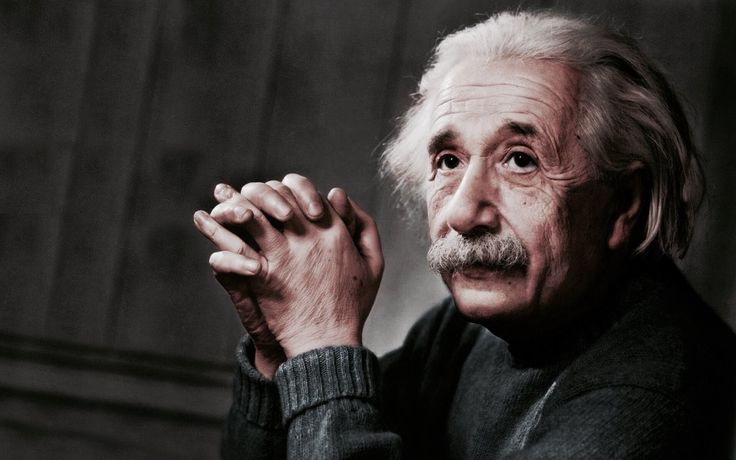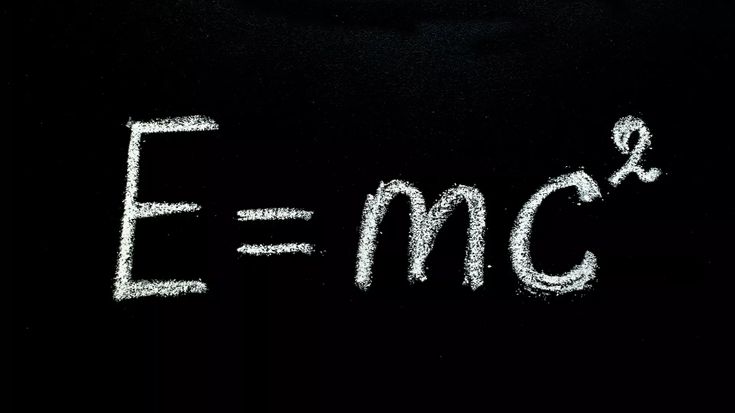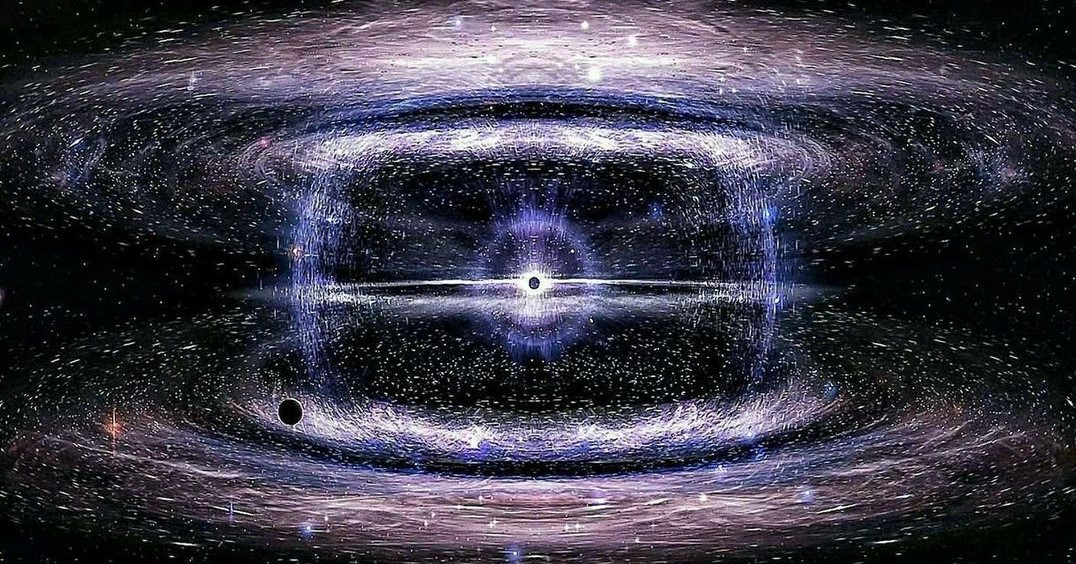Theory of Relativity
Human perception of time is inherently deceptive. At times, hours seem to pass in moments, and at others, moments stretch into what feels like eternity. While this experience may seem psychological, modern physics provides a profound explanation rooted in the nature of the universe itself. The sensation that time “moves” differently is not merely an illusion—it has a foundation in one of the most revolutionary scientific theories ever proposed: "Einstein’s Theory of Relativity".
In 1905, Albert Einstein published a paper titled On the Electrodynamics of Moving Bodies, which fundamentally transformed our understanding of space and time. This became known as the Special Theory of Relativity, later extended to the General Theory of Relativity in 1915.
Before Einstein, Isaac Newton’s classical mechanics described time as an absolute, universal quantity—flowing identically for all observers, regardless of their motion or position. According to Newtonian physics, time was an independent backdrop against which all events occurred.
Einstein challenged this assumption. His theory proposed that time and space are interwoven into a single four-dimensional continuum called spacetime, and that their measurements depend on the relative motion between observers. This marked a paradigm shift in physics, uniting space, time, energy, and mass under a single coherent framework.
The iconic equation E = mc2 emerged from this theory, showing that energy (E) and mass (m) are interchangeable, connected by the square of the speed of light (c²). But beyond mass-energy equivalence, the theory also redefined how we understand time itself.
Special Relativity: The Constancy of Light and the Relativity of Time
The foundation of Special Relativity rests on two postulates:
1- The laws of physics are the same in all inertial (non-accelerating) frames of reference.
2- The speed of light in a vacuum (approximately 299,792 km/s) is constant for all observers, regardless of their relative motion.
From these two assumptions, several profound consequences arise—one of which is time dilation.
When an object moves at a significant fraction of the speed of light, the time interval it experiences differs from that experienced by an observer at rest. Mathematically, this is expressed as:
- t’: time measured by the moving observer (onboard clock)
- t: time measured by the stationary observer
- v: velocity of the moving object
- c: speed of light

The Thought Experiment: The Train at Near-Light Speed
To visualize this, consider a futuristic scenario. Suppose it’s the year 2060, and engineers have built a train capable of traveling at speeds close to that of light.
You board the train and travel for one hour, according to your onboard clock. However, upon returning to Earth, you find that ten hours have passed for people who stayed behind.
In the frame of reference of the train, your clock ran normally. But from Earth’s perspective, your time ran slower because your train was moving at an extraordinary velocity. This is not science fiction—it’s a direct implication of the equations of relativity.
If the train’s speed were increased further, nearing the speed of light, this time difference would become even more dramatic—years could pass on Earth while only hours elapse for you. This is the relativistic nature of time.

Experimental Evidence for Time Dilation
Although the effects of time dilation at everyday speeds are negligible, it has been experimentally confirmed multiple times using high-precision instruments.
Muon Decay Experiments:
Cosmic rays produce subatomic particles called muons in Earth’s upper atmosphere. These particles have a very short lifespan (about 2.2 microseconds). According to classical physics, most muons should decay before reaching the surface. Yet, a significantly larger number reach the ground—because they are moving close to the speed of light, and their internal clocks run slower relative to Earth’s frame.
Atomic Clock Experiments:
In 1971, the Hafele–Keating experiment placed synchronized atomic clocks on commercial airplanes traveling east and west around the globe. Upon return, the clocks showed measurable differences in time, consistent with both special and general relativistic predictions.
GPS Satellites:
The Global Positioning System continuously corrects for time dilation. Satellites orbiting Earth move at high speeds and experience weaker gravity, causing their onboard clocks to tick slightly faster than clocks on Earth. Without relativistic correction, GPS errors would accumulate at a rate of several kilometers per day.
These experiments confirm that time dilation is not theoretical—it’s measurable and essential for modern technology.

Relativity in Context: From Physics to Philosophy
The concept of time dilation revolutionized not only physics but also our philosophical understanding of existence. If time flows differently for different observers, then there is no single, universal “now.” Each observer experiences their own present, dependent on their motion and position in spacetime.
This leads to fascinating implications:
The past, present, and future may coexist within the four-dimensional fabric of spacetime.
Simultaneity becomes relative—two events that appear simultaneous to one observer may not be simultaneous to another.
Causality remains preserved, but the perception of time’s flow becomes a localized phenomenon, not a cosmic constant.
Thus, Einstein’s work blurred the line between science and metaphysics, raising deeper questions:
Is time an independent entity, or merely a dimension through which we move?
Does time “exist” beyond observation, or is it constructed by consciousness navigating through spacetime?
Researcher Mohsin Ramzan
Author: Sameer Ijaz